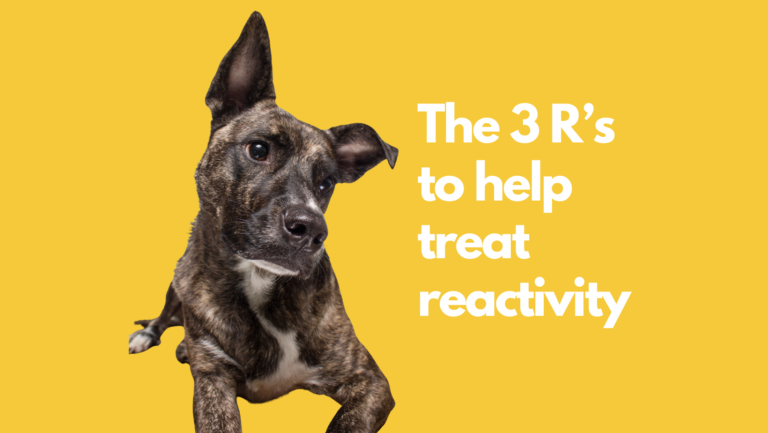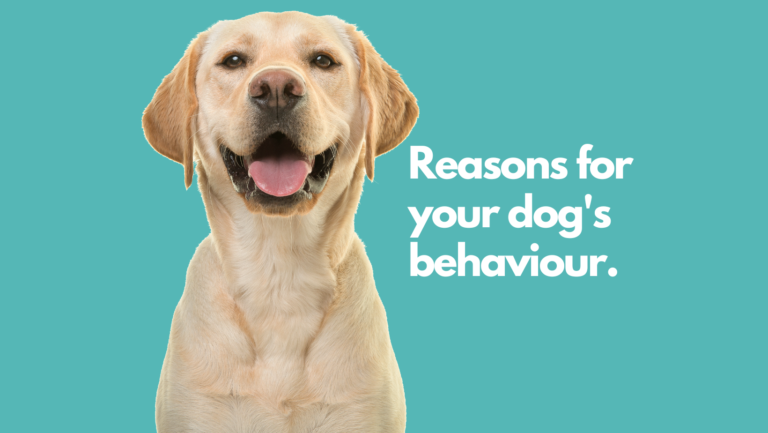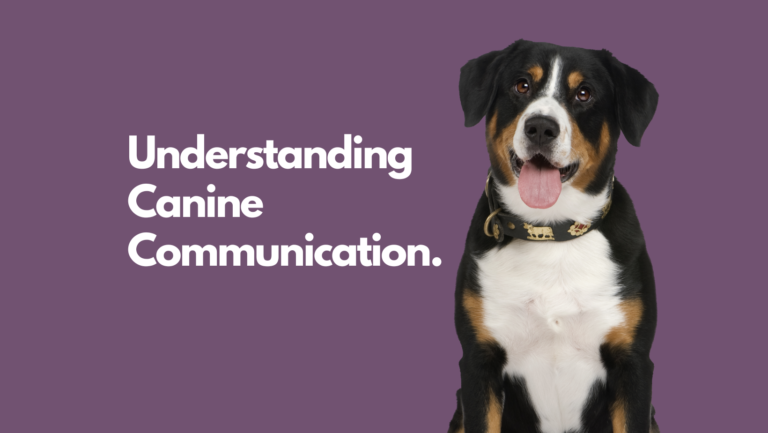A different understanding of punishment with dogs.

In the world of dog and human interactions, the idea of punishment often unfortunately takes centre stage when a dog dose something we don’t like. But what if we rethink our approach? Imagine a world where punishment isn’t just about commands or corrections but tailored to what a dog truly understands.
In this blog, we’ll explore the essence of punishment, stripping away the human-centric view to discover what really affects our dogs. From stern ‘commands’ to physical corrections, we’ll uncover that it isn’t how we see punishment but how it’s perceived from ‘THE DOG’s’ point of view.
Punishment is anything that decreases a behaviour. This can be the application of an unpleasant stimulus, intimidation, physical corrections or anything the THE DOG finds frightening, painful, or intimidating. The defining definition here is ‘THE DOG’S’ point of view – NOT what a human perceives as a punisher.
These include:
- Tap/ Smack (No matter how mild)
- Deliberately making loud sounds to intimidate the dog.
- Strong, intimidating eye contact
- Shouting/ yelling
- Shake cans.
- Spray bottle/ Spray collars.
- Cross body language
- Electric shock devices
- Cross body language
Punishment does work; that’s why it’s been used for decades. If a behaviour is immediately followed by an adverse consequence that’s scary enough for the dog, it’s less likely the behaviour would be repeated again in the future. The punishment has to be perfectly timed and have such an effect so that it coincides with the behaviour.
Through tradition, it has been marketed to dog owners to make the dog ‘do it or else’, and of course, these adverse methods worked. Animals responded to ‘commands’ given or else there would be a consequence which they wanted to avoid. This was done through repetition. The more the dog presented the perceived undesired behaviour, the more unpleasant experience it had. Therefore, the behaviour decreased or stopped altogether in order to AVOID the consequence.
Modern-day dog trainers who are up to date with scientific literature will never resort to intimidation and consequence methods, and this is why:
- Positive reinforcement works! If the behaviour is followed by a pleasant consequence, the behaviour would then be more likely to occur again in the future.
- Punishment is RISKY! Every dog responds differently to punishment.
It is not one size fits all. The vast majority of dogs will stop what they are doing and behave submissively following a punishment. Other dogs will appear not to be affected in any way following a punishment and continue to present with the unwanted behaviour, and some dogs will become anxious or aggressive following a punishment.
Those dogs who respond to punishment with aggression usually do so in direct relation to the intensity of the punisher. This means that if a dog becomes aggressive when punished, the more intense the punisher, the more intense the aggression will be. To make things somewhat more complex, the same dog can respond differently to an identical punisher at different times, locations or within different contexts.
Many dog owners have been seriously injured while attempting to discipline their dogs after being informed by ignorant dog trainers never to “back down” from a conflict situation or a challenge with a dog and to let the dog know “who’s boss”.
Entering into a serious conflict with a dog is not usually a good idea; rarely can any good come from it. Aggressive behaviour tends not to solve aggressive problems as aggression creates more aggression and it triggers the survival instinct.
Punishment can DAMAGE the human and animal bond.
Punishment changes your dog’s behaviour by associating adverse consequences with specific behaviours.
If these consequences are delivered directly from you, then YOU become associated with adverse events. This then may lead the dog to interpret that you are unpredictable and unsafe.
All dogs learn differently in this respect. Some dogs will always be deeply attached to their owners, regardless of what their owners do. Other dogs will become extremely fearful of their owner following one punishment, while other dogs may gradually learn to avoid their owners over a period of successive punishments. The initial training approach of a responsible and loving dog owner should always be in a positive light.
Forward-thinking trainers and behaviourists are using the basic principle of “Positive Reinforcement”. Positive Reinforcement is praising and encouraging good or positive behaviour or distracting/redirecting and not reacting to any undesired behaviour.
It is obvious that it becomes rewarding for the animal to repeat the “good” or positive behaviour. Instead of reacting to any “bad” or negative behaviour, the behaviour receives no response (which, from the animal’s point of view, is not so rewarding; therefore, the behaviour generally stops or dramatically is reduced) or is redirected – which provides another opportunity to reward and reinforce the ‘desired’ behaviour.
Therefore, the general rule is that:-
Desired behaviours are to be praised and rewarded,
Unwanted behaviour is to be ‘played down’/ or ignored, and,
for the behaviours you cannot ignore, those are to be redirected/ and
or taught a competing behaviour.
By ‘not responding’ momentarily, it means:
No eye contact: So, Look away/ Avert Your Eyes
No verbalization: Don’t Speak.
No body language response!
A distraction does not necessarily mean doing something mean or scary to the dog.
There are numerous ways to get a dog’s attention when he is doing something that you dislike, and you should start by trying some of the following. This can be as simple as calling the dog to you when he is doing something that you disapprove of – and then praising/rewarding her for coming when called. This is redirecting a negative behaviour and turning it into a positive behaviour.
Experiment with different sounds to see which sounds get your dog’s attention. You can use a positive interrupter… This means that whatever sound you choose to interrupt your dog’s behaviour must be associated with something good and pleasant.
Sounds such as clicking your tongue, clapping your hands gently, making a kissing noise with your lips, etc… This coupled with a big smile (to ensure that your dog always feels it is safe to approach you) and calling the dog/ pup to you, is usually all that is needed. This should be immediately followed by giving the puppy/ dog an alternative behaviour to perform (in order to earn praise), such as a “sit”, and then praising her for compliance.
It can be as simple as teaching an “opposing” behaviour. For example, if the pup barks at the doorbell, you could teach her that every time the doorbell rings, she has to go and sit in her indoor kennel (dog crate) to receive a reward. This is taught through repetition; each time the doorbell rings, the dog is lured into the crate and instantly given a reward.
From the dog’s point of view, barking at the door would not be half as rewarding as a treat in the crate. Use your imagination, and the results will be amazing.
The ideal scenario would be – through observation of your dog/puppy, to intervene BEFORE he/ she misbehaves, that is, to intervene when he/ she is THINKING about doing something that you disapprove of. You would then get the opportunity to redirect the behaviour before the damage is done!
Tags
What do you think?
Related Articles

The 3 R’s to help treat reactivity
Training your dog is not just about teaching them to listen and ‘fixing’ unwanted behaviours; it’s about creating positive associations with their environment and building

Reasons for a dogs behaviour
Dogs behave the way they do for many reasons. They do NOT do things deliberately to be stubborn or ‘naughty’, nor do they aim to

What is Dog Body Language?
Our canine friends have an intricate language of nonverbal communication known as body language. Body language is the way a dog uses his or her
